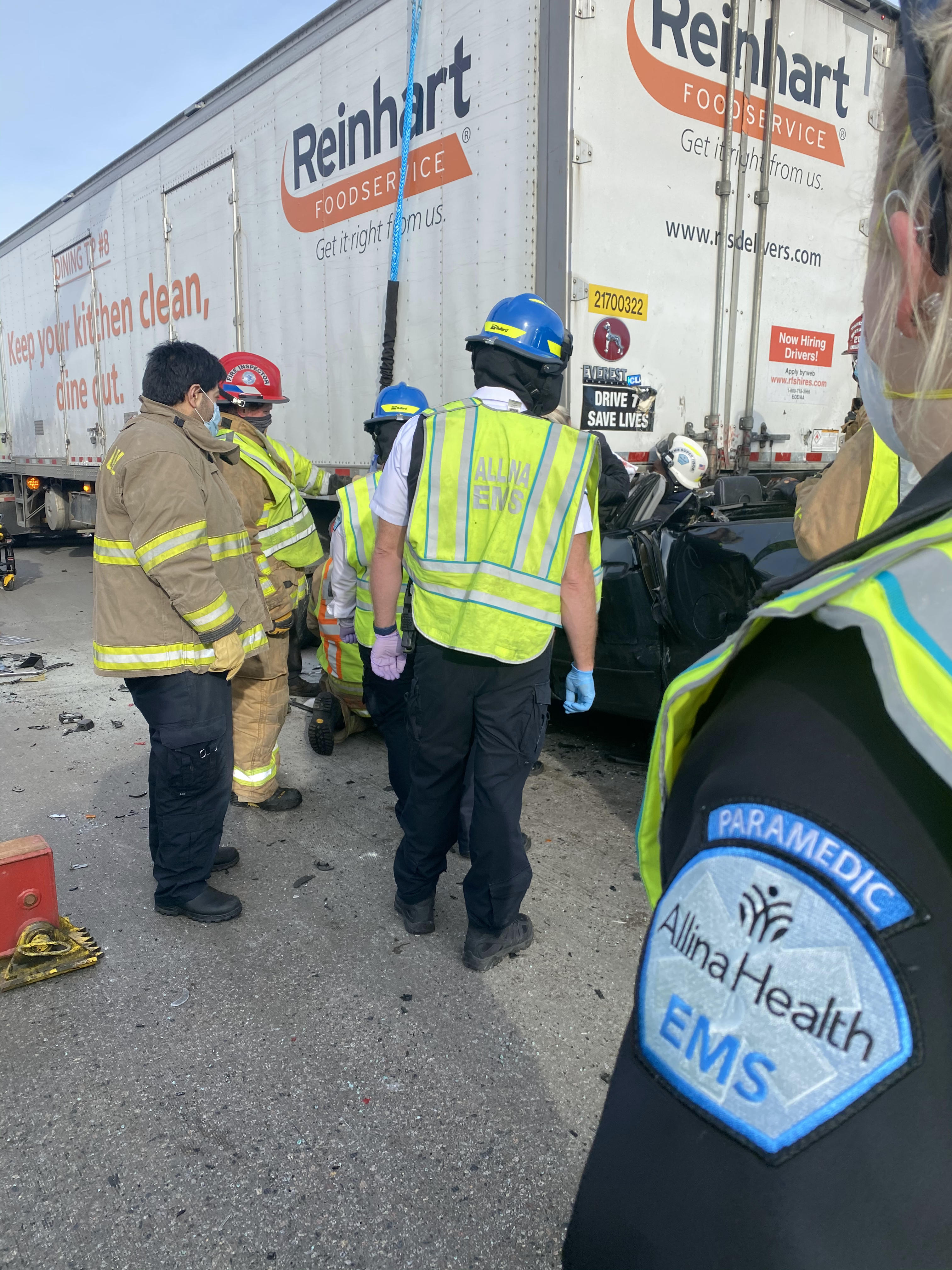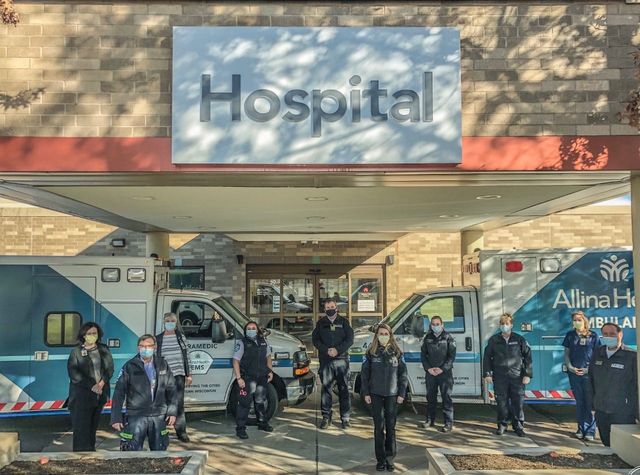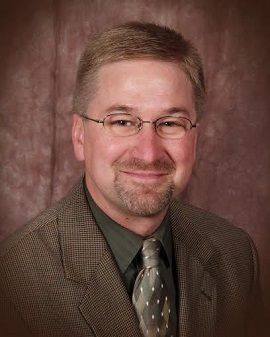Allina Health EMS | EMS Week 2021 Featured Service

Allina Health EMS
St. Paul, Minnesota
Facebook | Twitter
Founded in 1920, the 600+ employees of Allina Health EMS serves over one million citizens in the communities surrounding the Minneapolis/St. Paul vicinity with 911, Critical Care and Interfacility transports. In addition, we provide Community Paramedics, Tactical Paramedics, EMS Education and Special Event support to the communities we serve. Our Communications Center answers one in ten 911 calls throughout the state of Minnesota, not only providing dispatching services for Allina Health EMS, but other EMS services throughout the state.
Our staff rose (and continues to rise) to the challenges that COVID-19 presents to us. Some parted with facial hair! The collaboration was evident when staff helped to inform our processes and procedures for PPE and communication at the beginning of COVID-19. Each day we were learning something new, whether it was PPE procedures, hospital information such as entrance and transfer of patient care changes or services available to support our essential working employees. Our Communications Center began revising questions asked of our 911 callers to help determine potential risks prior to the arrival of our ambulance crew and to inform the level of PPE needed. Whether it was a 911 response or an interfacility transfer, we continued to improve our processes so our staff was protected and prepared when responding to our patients.
Our Education department tested and transitioned to online platforms for continued internal education and our external educators came into the bases to provide Just in Time Training (JITT) to our staff so the practical application of equipment and PPE changes were able to be understood and practiced prior to use. Our EMS maintenance and inventory technicians helped to implement changes to our ambulances to protect both patients and staff from the virus through protective devices and the task of keeping up with equipment and stocking changes.

Our Emergency Operations Center strived to provide timely updates and information, which we did in traditional written and email form. In addition, to support a mobile and 24/7 workforce, we used technology to provide information through videos and update posts via a closed social media group for our employees.
During the start of the pandemic, a significant event took place in our area. We supported our local EMS and Public Safety partners as we experienced civil unrest as a result of the death of George Floyd. This time was demanding physically pandemic, the unrest and the summer increased our responses and it was emotionally demanding as we saw the toll both of these events took on our staff and our communities.
While COVID became a part of our regular responses, we moved into 2021 and experienced a workplace shooting at one of our clinics that our EMS staff responds to on a regular basis. The response to this event, the level of teamwork and dedication of our staff to providing exceptional care, highlights what makes Allina Health EMS one of the leaders in Minnesota EMS.
“Allina Health EMS providers show up everyday to be ready to respond to the needs of their community, whether it is a multi-vehicle crash on the freeway, a cardiac arrest of a grandparent or a new mom who is just scared and needs reassurance that her baby is okay. Our providers go above and beyond each day to take exceptional care of their patients and their communities. We are proud of everyone who supports the care of our communities and are looking forward to celebrating EMS Week 2021 with the team.” Susan Long, Vice President of Operations
EMS is important on many levels, but being there during a critical time of someone’s life is the most important to me. Being there to providing that voice of comfort to those who really need it, is the most rewarding part of all.
Kymberly Markgraf, EMT
Courage is being scared to death, but jumping in anyway. or Success is knowing another has breathed easier because of your help.
Kelly Pischke, Paramedic
EMS Week Celebrations
Food and fellowship are the highlights of this year’s EMS Week at Allina Health EMS! Physical distancing guidelines prevented us from having our typical EMS gatherings last year and hampered our ability to celebrate our Centennial Year of Service. We are looking forward to recognizing our staff in everyday interaction but especially during their week with safety measures in place during meals and activities during the week





